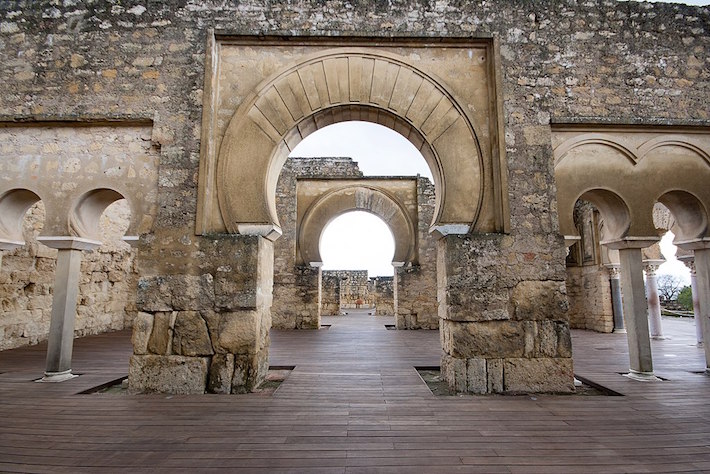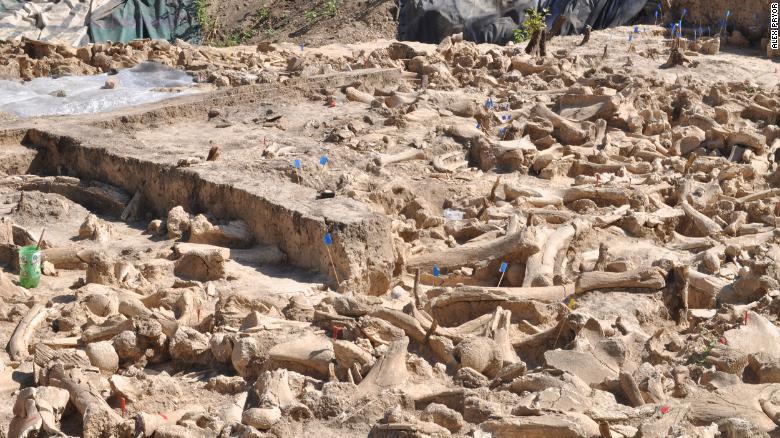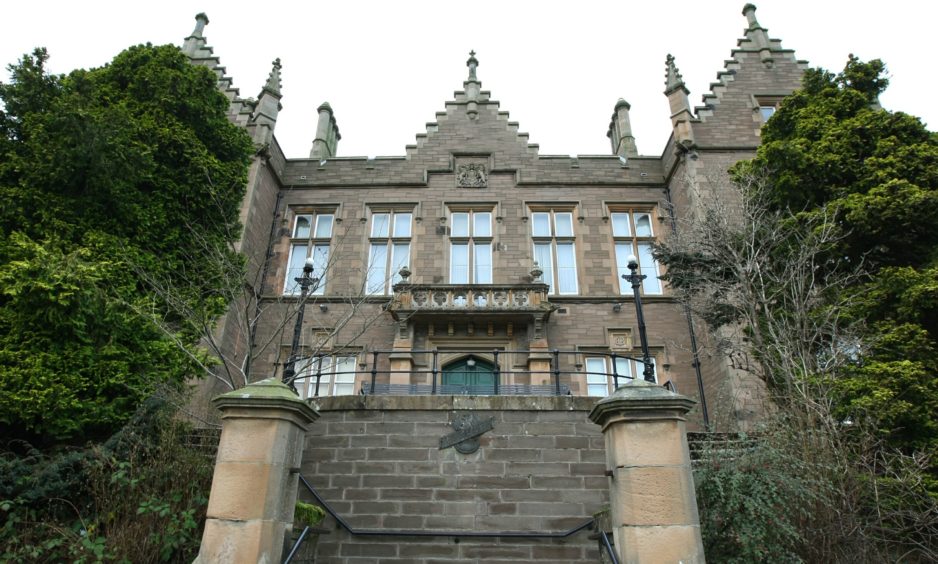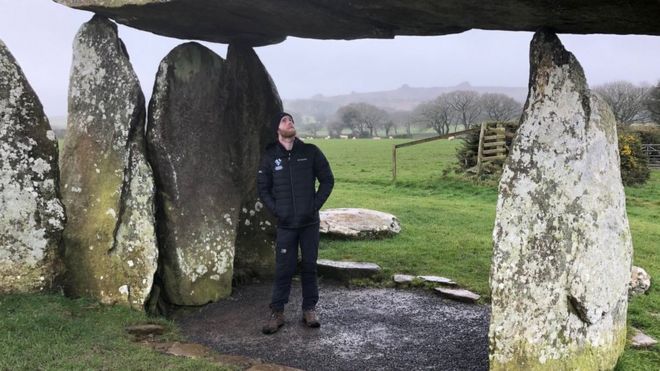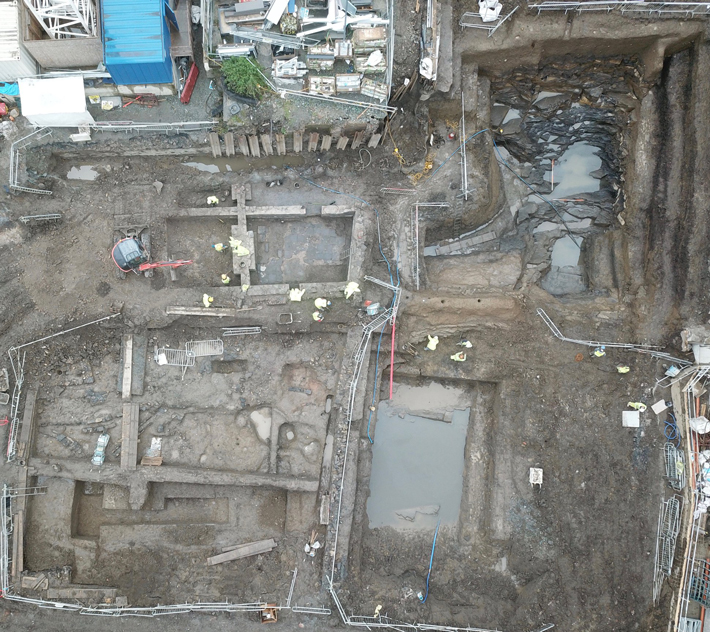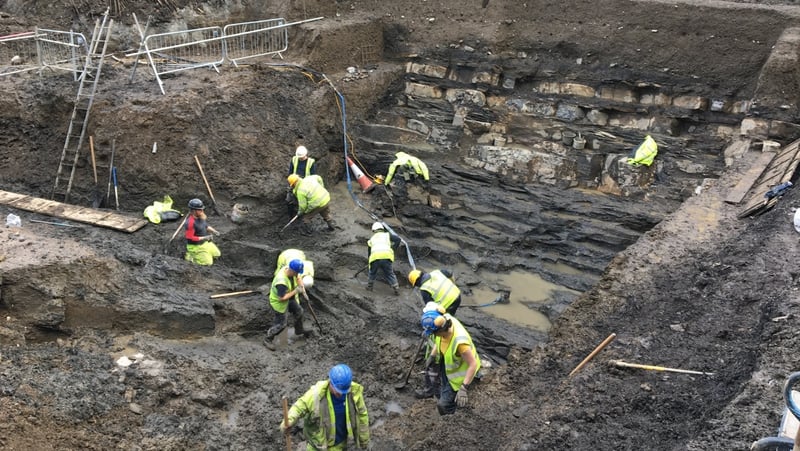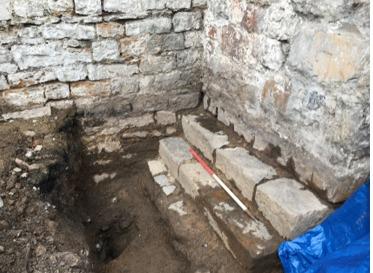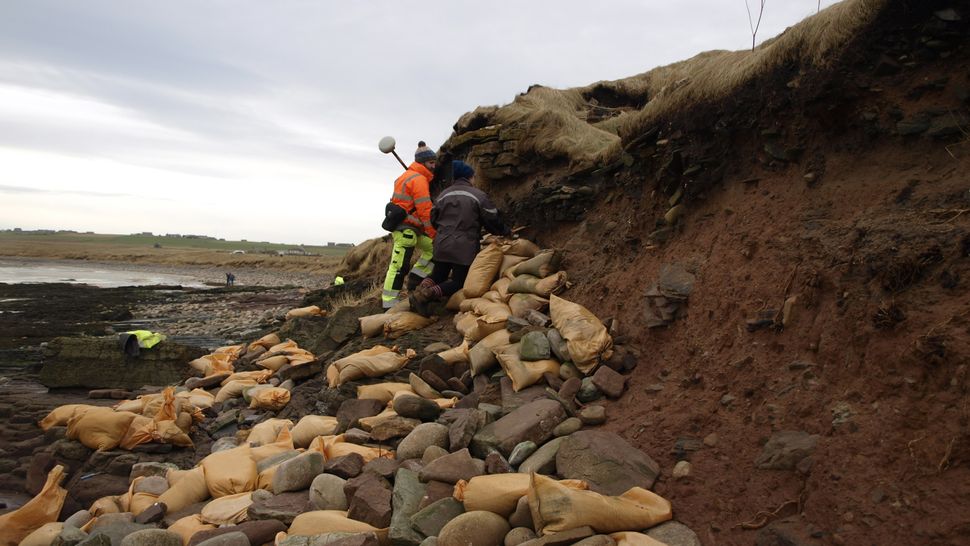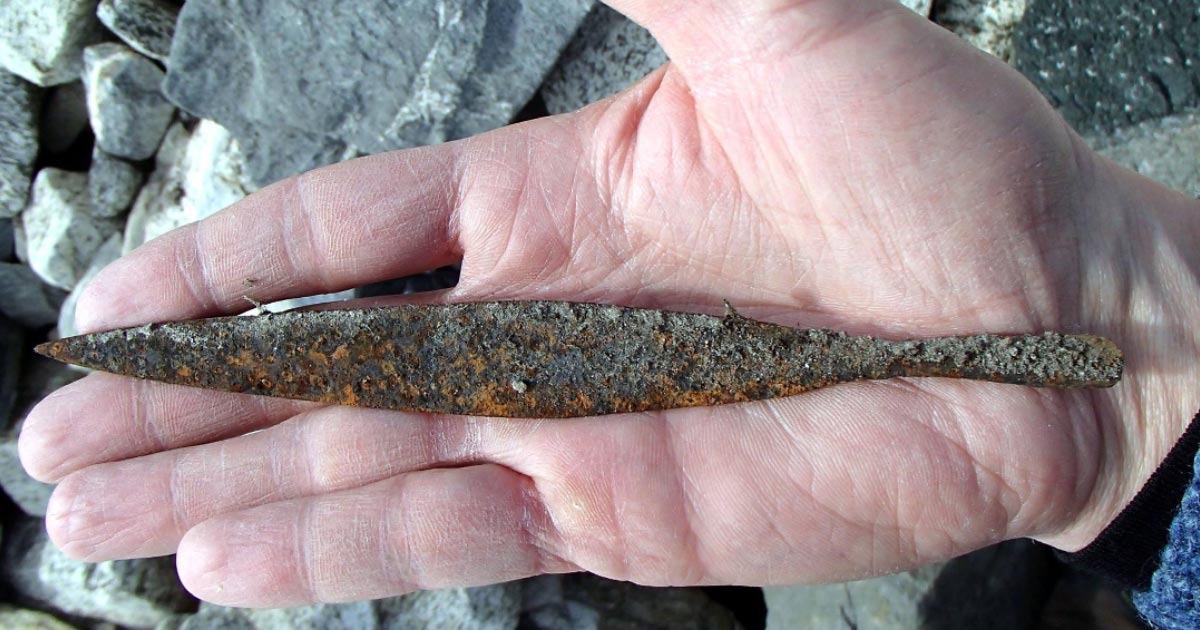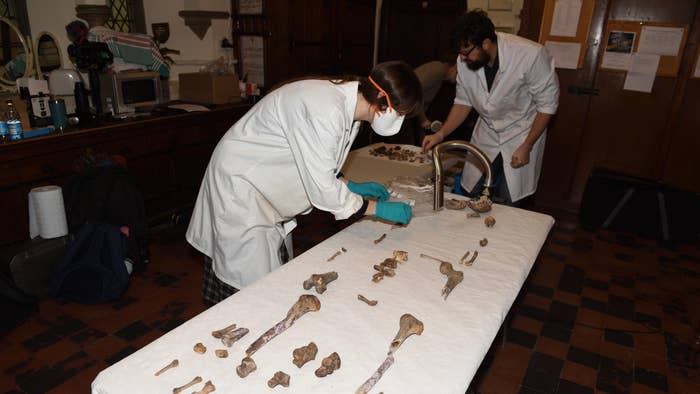Events Centre - Under new management?
Cork's long-delayed Events Centre has been hit by yet another hold-up as the Danish Government claims ownership of the city centre site on behalf of its former Viking owners.
The Danish culture ministry last week alerted their Government about the discovery of ancient land deeds, in the University of Copenhagen archives, which they say "prove" ownership of most of Cork City centre.
Academics at the university say the 11th Century land titles, made out to King Wulf Hardasson, clearly state that the Viking king and his rightful heirs shall lay claim to the "Great Marsh of Munster" in perpetuity.
And as the deeds were never legally dissolved after the last vikings left their settlement in Cork, the site where the long-delayed Events Centre was supposed to be built is still - legally - the property of any living descendants of the last Viking ruler of Cork.
The Danish embassy in Dublin has now lodged a formal claim with the Department of Arts, Heritage and Culture and Irish officials believe this could lead to a very lengthy legal battle with the living heirs of King Wulf Hardasson.
One Departmental official told CorkBeo; "They're saying they've traced his only living male heir, he's a plumber called Lars Sorenson who lives in Aalborg. The Danes are arguing that as the deeds were never dissolved, technically, this guy is the Viking overlord of most of Cork City."
Read the rest of this article...



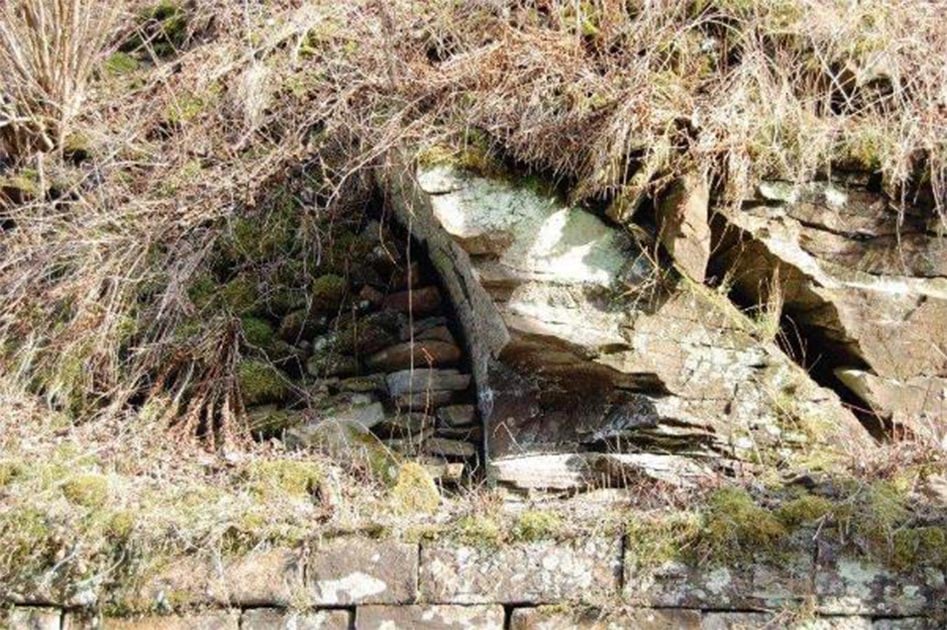
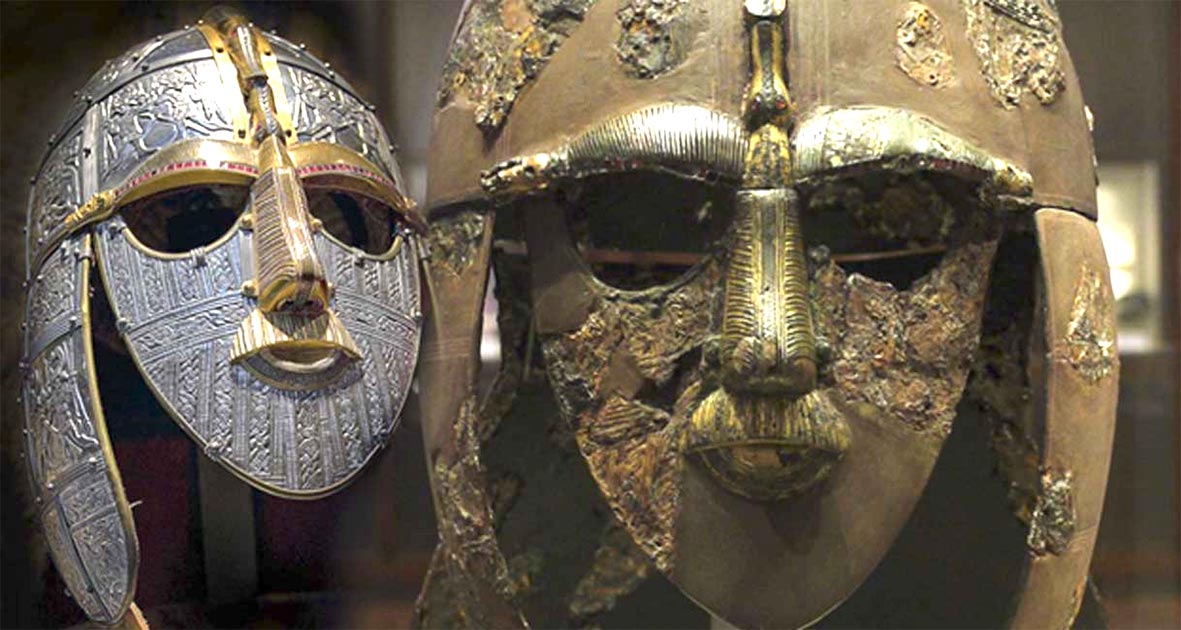
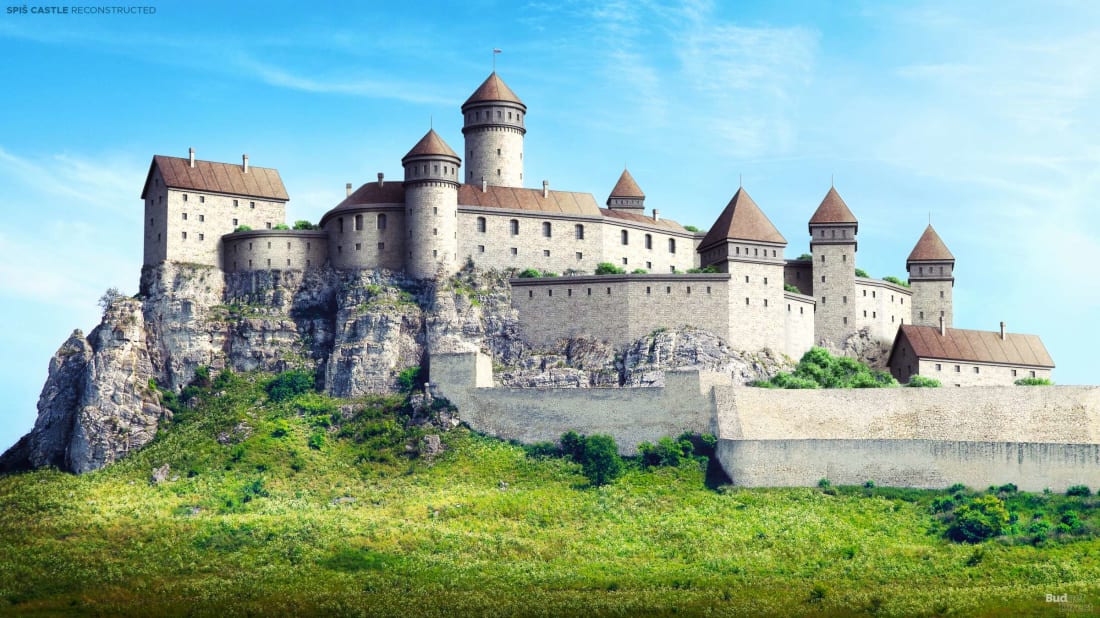

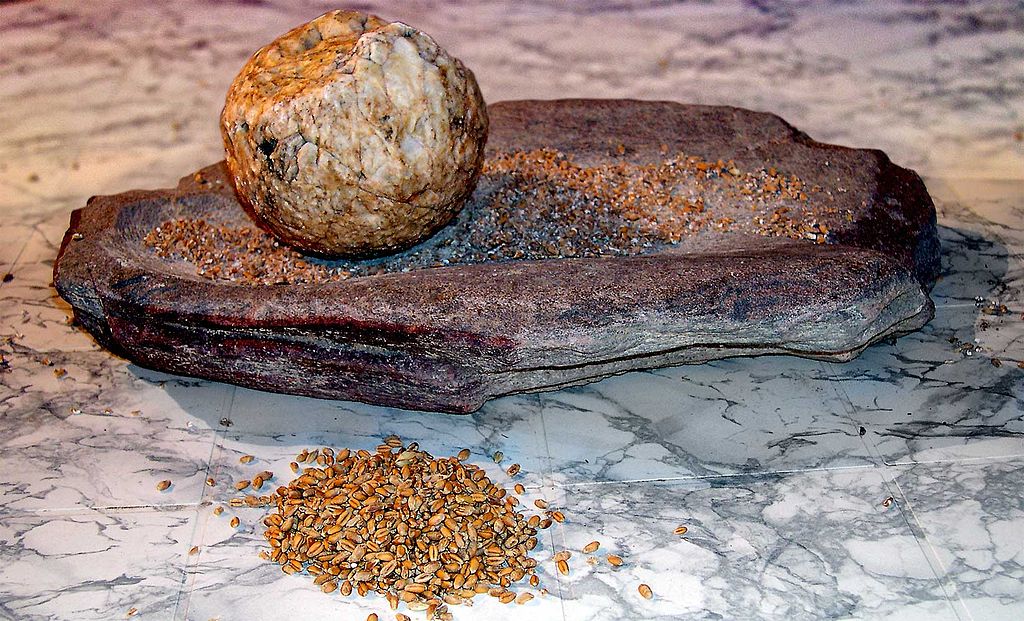

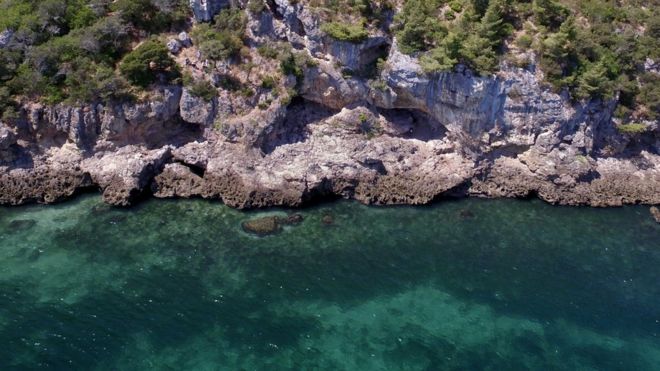
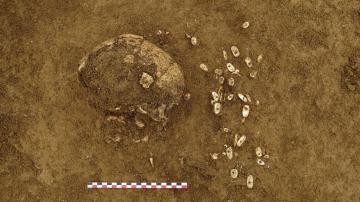

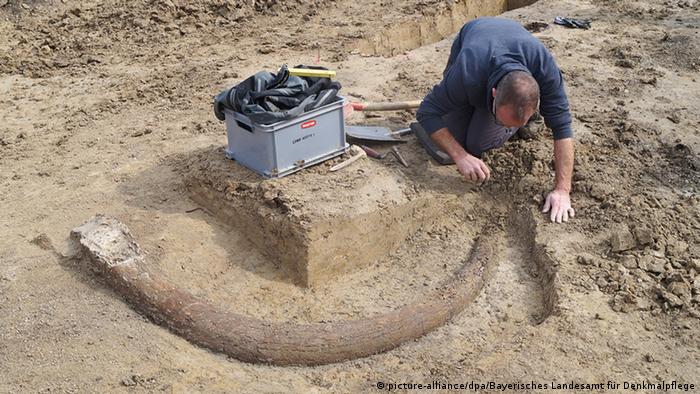
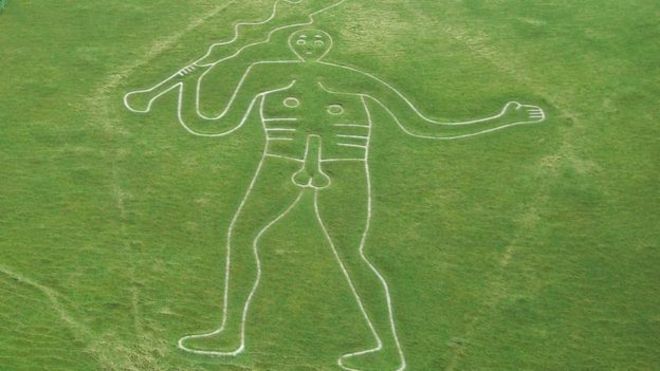
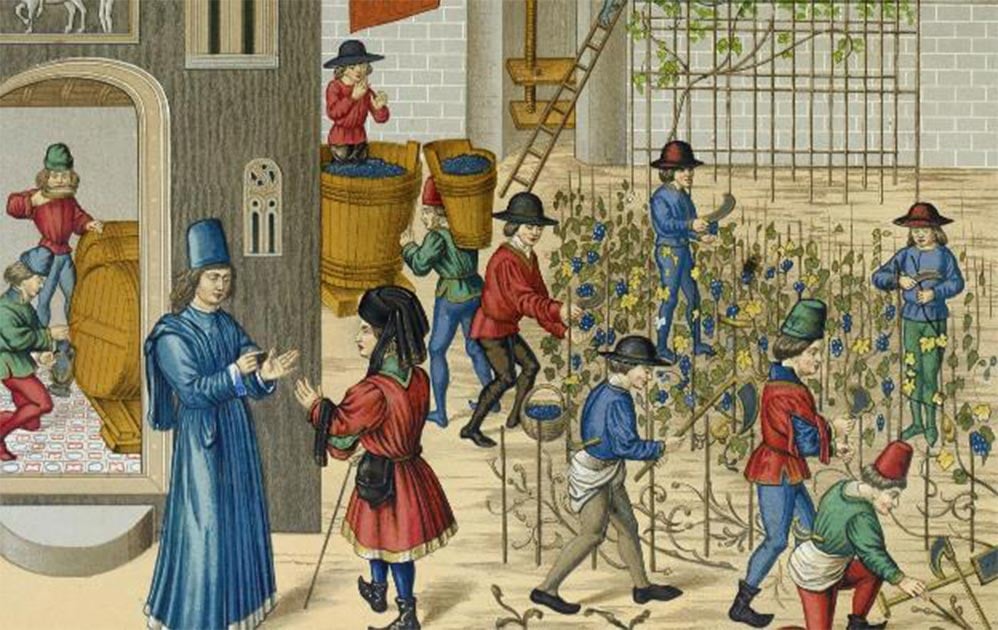
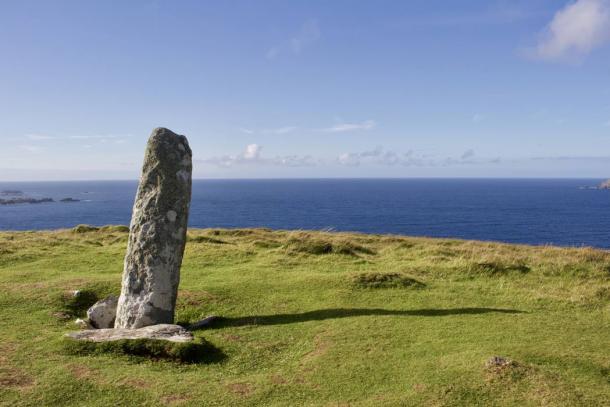





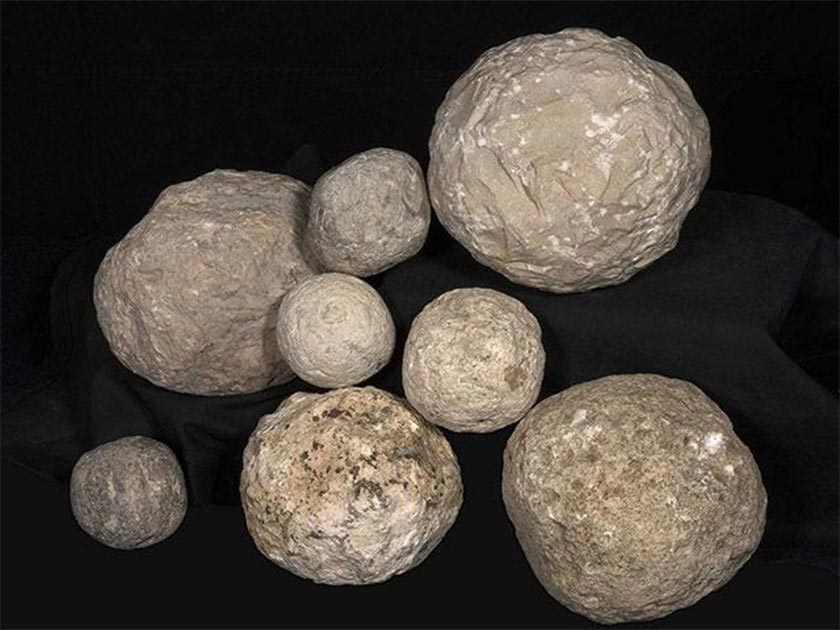
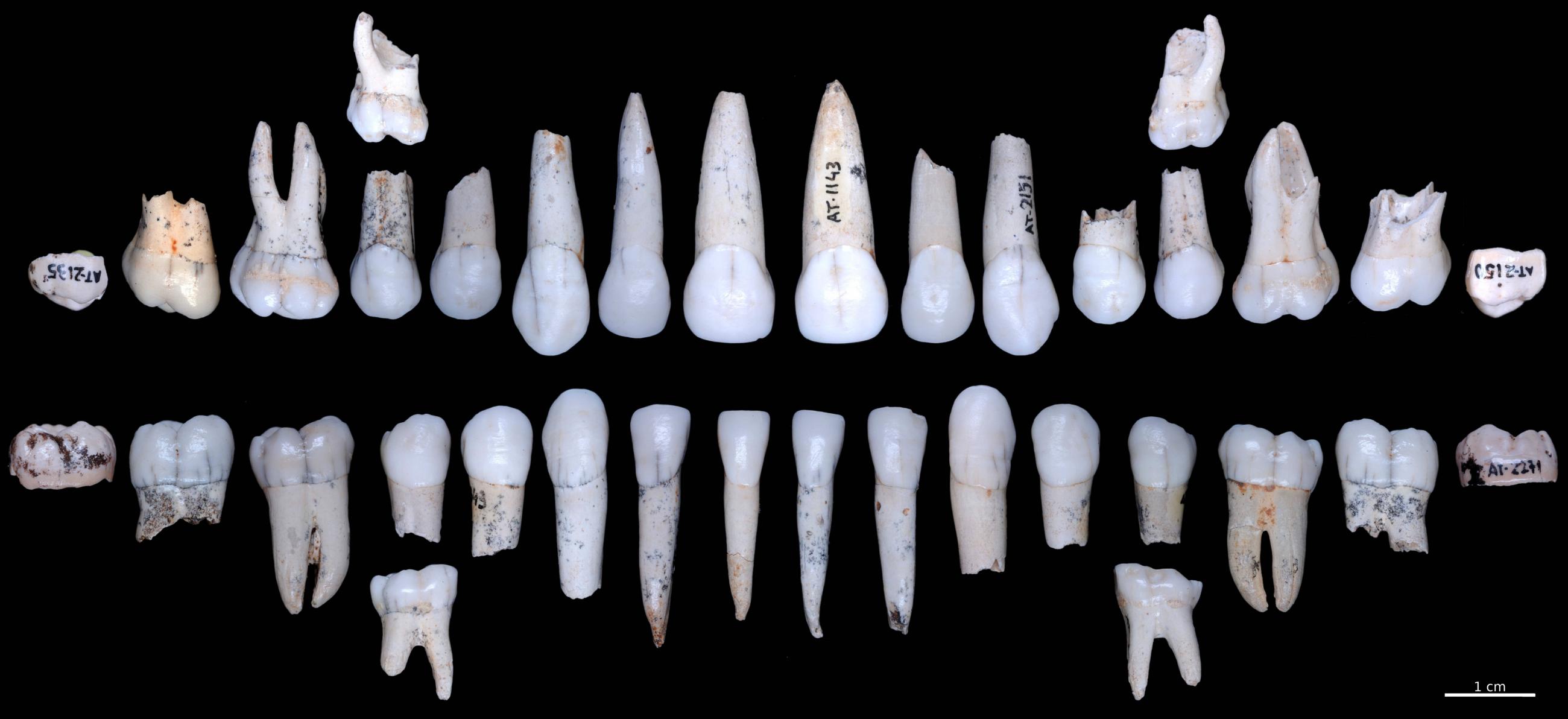
-0.JPG?w968)

